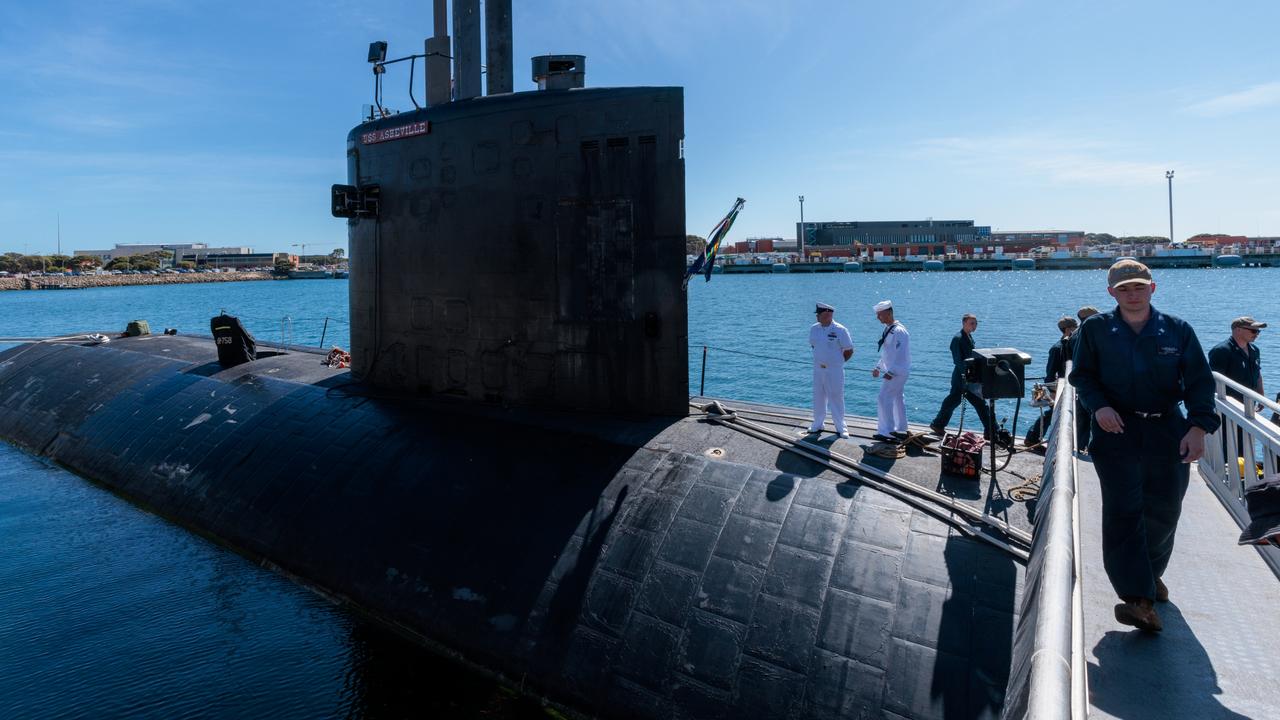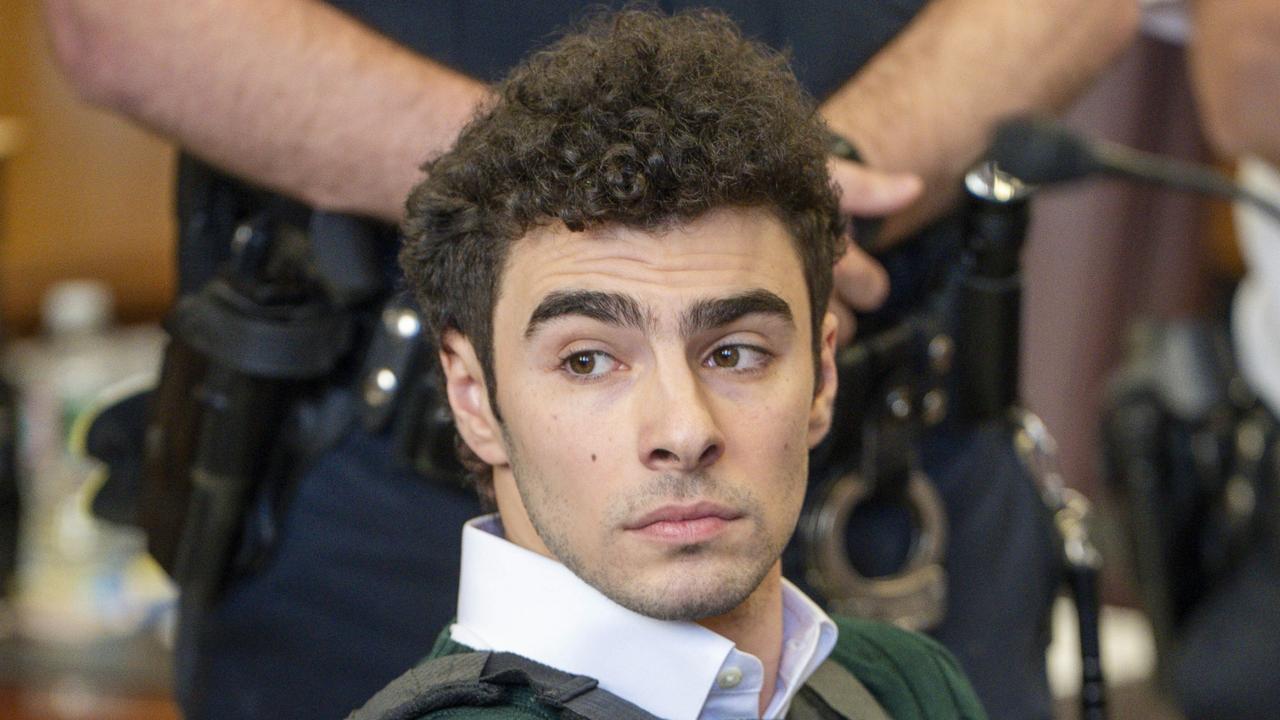Turkey’s President Erdogan’s aircraft was being tracked by rebel F-16 fighter jets when it ‘vanished’
REBEL F-16 fighters were tracking President Recep Erdogan’s jet on the night of the failed coup before it disappeared.
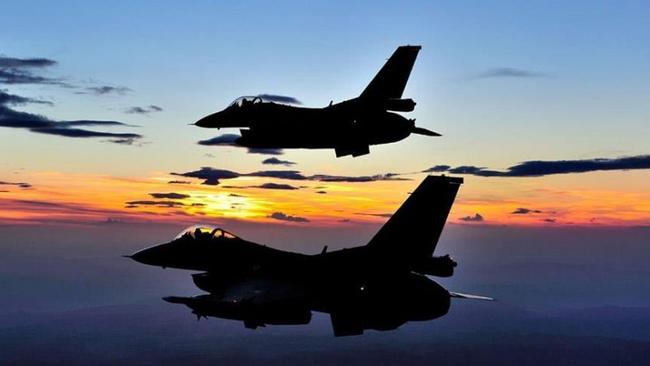
TURKISH rebel F-16 fighters were tracking President Erdogan’s luxury jet on their radars the night of the failed coup. But it suddenly ‘vanished’ — saving the controversial leader’s life and sealing the uprising’s fate.
President Recep Tayyip Erdogan was in his luxury Gulfstream IV executive jet. He was on an 800km return flight from a holiday at the Turkish Mediterranean resort of Marmaris.
This is probably Erdogan’s plane: Turkish Government GIV TC-ATA circling now @avischarf pic.twitter.com/Aiwha8hZJZ
— David Cenciotti (@cencio4) July 15, 2016
It was an unexpected development for the plotters. He’d probably been tipped-off about the impending coup.
But the uprising’s tacticians had ensured Istanbul’s Ataturk airport was among the first sites to be seized.
Erdogan could not land.
And in the skies above Turkey’s glistening capital were two sympathetic pilots of the Turkish air force in commandeered fighter jets. The F-16s raced through the night sky, their radars sifting through the echoes and transponder codes of nearby aircraft.
Freighters. Private aircraft. Passenger jetliners.
And there, among the never-ceasing of stream of commercial aviation, was the one code they were looking for: Erdogan’s Gulfstream.
The rebel fighter jets raced through the darkness to intercept. Guns primed. Missiles armed.
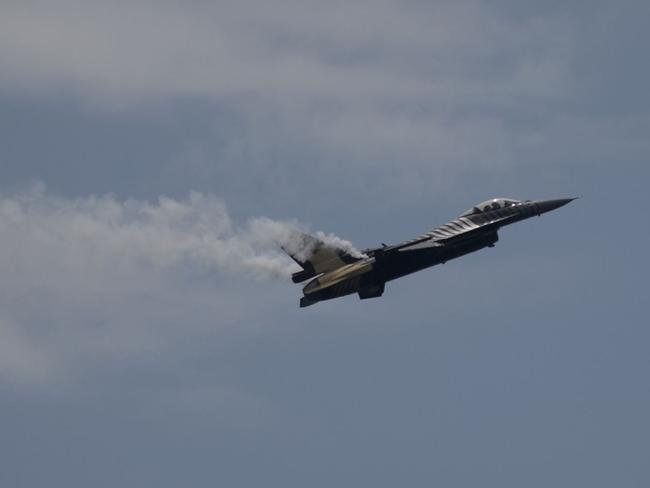
TURNING POINT
“At least two F-16s harassed Erdogan’s plane while it was in the air and en route to Istanbul. They locked their radars on his plane and on two other F-16s protecting him,” a former military officer with knowledge of the events told Reuters.
“Why they didn’t fire is a mystery,” he said.
Now, we know.
Turkish defence reporter Arda Mevlutoglu analysed logs and reports of the night’s events, and his findings were published by The Aviationist.
Erdogan’s aircraft simply vanished.
One moment it was there, clearly defined among the swarm of civilian traffic.
The next moment it wasn’t.
Hesitating, the rebel pilots scoured the skies. Their mission to assassinate Erdogan was critical. But they could not risk the scandal of accidentally shooting down a passenger jet full of international tourists.
Time quickly ran out.
Two fighter pilots loyal to Erdogan were racing towards Istanbul to protect their President. Their own F-16’s were also fully fuelled and armed.
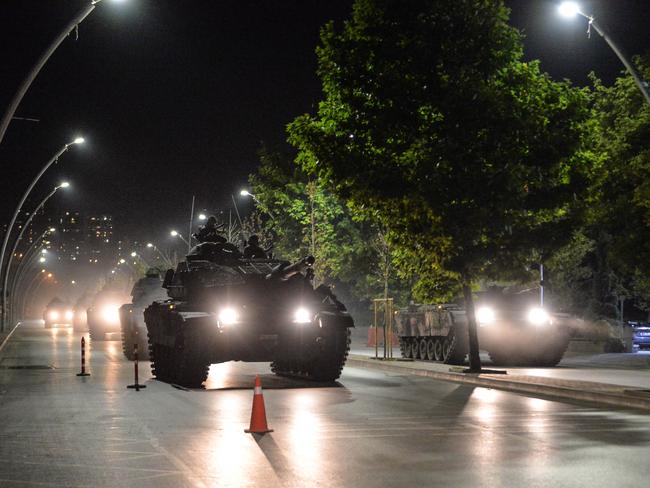
UP IN THE AIR
Reports suggest the rebels managed to gain control of four or six F-16s, and several large tanker aircraft to support them. Also in the uprising’s arsenal were a handful of helicopter gunships and troop transports.
Video from the night of the uprising show F-16’s — afterburners flaring — screaming in low over Istanbul, dropping bombs on key facilities such including the presidential palace, police headquarters and intelligence agencies. Helicopters raced above the rooftops to quickly deploy rebel troops at strategic locations.
In reply, Erdogan loyalist forces sent up their own fighter jets and even reportedly bombed the rebel-controlled Akinci air force base to prevent it from flying off further combat aircraft.
Several rebel helicopters were shot down.
With Erdogan still alive, loyalist forces soon organised and regained control of Istanbul’s government facilities — and the airport.
The President was able to land.
Erdogan made a public plea for his supporters to flood the streets and block the uprising with their mere presence. This they did, and the coup quickly crumbled.
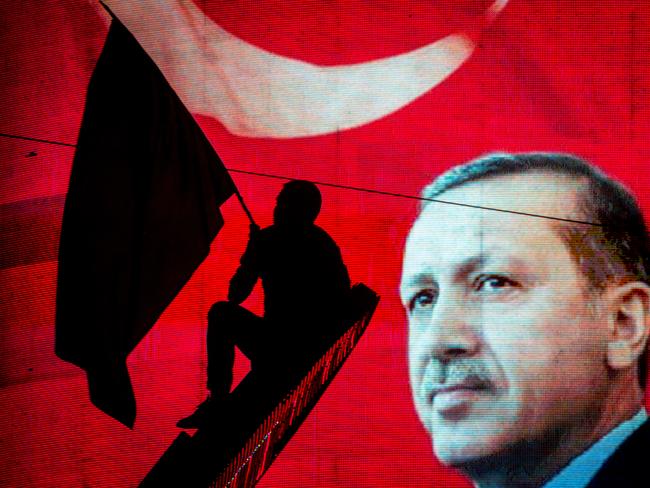
THE MAN BEHIND AN ELECTRONIC MASK
Turkish media has been alive with rumours about how Erdogan survived.
Reuters reports a senior Turkish defence official as saying Erdogan “evaded death by minutes”. He also said the presidential jet had been “in trouble in the air” but gave no details.
Erdogan himself has told media that the rebels had tried to attack him while he was in the resort town and had bombed several places he had been just moments after he left.
A senior Turkish official confirmed to Reuters that Erdogan’s business jet had been harassed while flying from the airport that serves Marmaris by two F-16s commandeered by the coup plotters but that he had managed to reach Istanbul safely.
Now, a clearer picture is starting to emerge.
#THK #Turkish_Air_Force's F-16s from 4th Main Jet Base Akinci are still over #Ankara supersonic, #Turkish_Army coup pic.twitter.com/xbIZnfoLky
— Babak Taghvaee (@BabakTaghvaee) July 15, 2016
Turkish defence reporter Arda Mevlutoglu says Erdogan’s Gulfstream evaded detection by changing its identity to that of a Turkish Airlines passenger jet — THY 8456.
All civilian aircraft carry a device called a transponder, a beacon that sends out an identifying radio code every time it is triggered by radar. They’re supposed to be tamper-proof. But this one may have had some alternate settings.
With Erdogan’s luxury jet cloaked by darkness, the rebel fighter pilots were not able to pick it out from among the growing swarm of civilian aircraft in what was a chaotic and growing holding pattern over Istanbul’s closed airports.
Video compilation of the failed #TurkeyCoup, #THK's F-16s & #Turkish_Land_Force's AH-1Ws over #Ankara & #Istanbul pic.twitter.com/OVK6O2Yo33
— Babak Taghvaee (@BabakTaghvaee) July 17, 2016
The loyalist fighter jets reportedly clashed with the rebel aircraft, but neither side managed to shoot the other down.
The rebel F-16s eventually broke contact, flying eastwards and away from the loyalist jets. Coup-friendly tanker aircraft kept them flying throughout the night.
But, eventually, they ran out of fuel and places to land.

AFTERMATH
The fail coup has left more than 300 dead. Some 7500 people have been detained, and up to 60,000 face investigation and detention.
Among them are two rebel pilots who were part of the incident last November where a Russian bomber was shot down after it briefly crossed the Turkish/Syrian border.
“Two pilots who were part of the operation to down the Russian Su-24 in November 2015 are in custody,” a Turkish official told media earlier today.
"Katliam yaparlar mı? Bu kadar şerefsiz olabilirler mi?" "Hakkınızı helal edin"https://t.co/IytKXoZjl5
— Arda Mevlutoglu (@orko_8) July 19, 2016
Among the suspected coup leaders is Akin Ozturk, former head of the Turkish air force until 2015. He and fellow accused ringleader, Muharrem Kose, are among thousands of soldiers currently detained around the nation.
“There were serious preparations ongoing for a very long time. The two people in question seem to have been the brains behind the coup attempt,” an anonymous government official reportedly told Reuters.



